The market in a garden
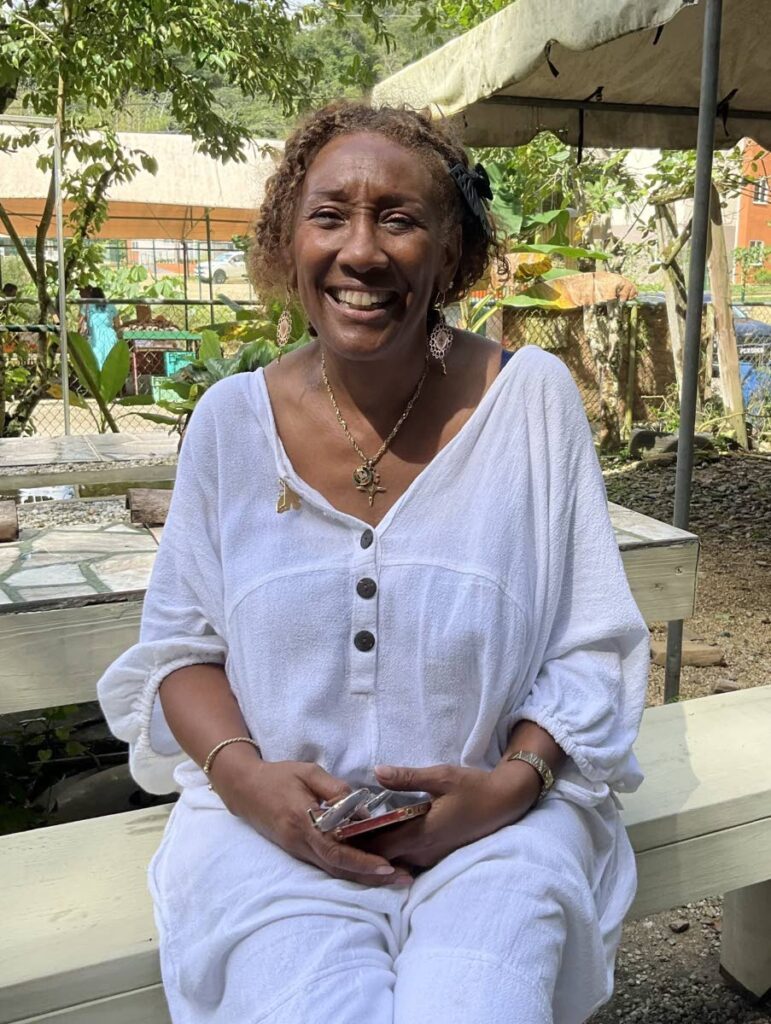
PAT GANASE
The Green Market Santa Cruz opened on November 24, 2012. It was the brainchild of Vicki Assevero to use the strip of land on which husband Wendell Mottley had once cultivated orchids, to house a market. This would be a market with a difference: Michael Lee Poy designed open-air huts; paths and walkways created; trees and flowering plants were groomed. The market opened with a thatched long hut; a mini cocoa house; a round house and several covered spaces for vendors. The owner of the land adjacent allowed the field to be used for parking cars. The Green Market committee called out friends and family to vend or visit.
There was a festive air about those first markets sharpened by the uncertainty of whether it would catch on and grow. Christmas 2012 was a hopeful time and the market thrived with tremendous goodwill from all involved. It was one of the first to be promoted heavily on Facebook, after the fashion of the monthly Upmarket.
The market marks its 11th year this month. The North Hills apartment complex now dominates the corner site. Visitor traffic has fallen. What is the future of this pioneer market in a garden? We took the opportunity to ask Assevero what might be learned from her ten-year experience.
What exactly is a green market?
A green market is a twist on the traditional farmers’ markets. Green focuses on environmental protection and preserving and conserving green spaces, where trees and plants grow and biodiversity is supported. And also where the products are grown.
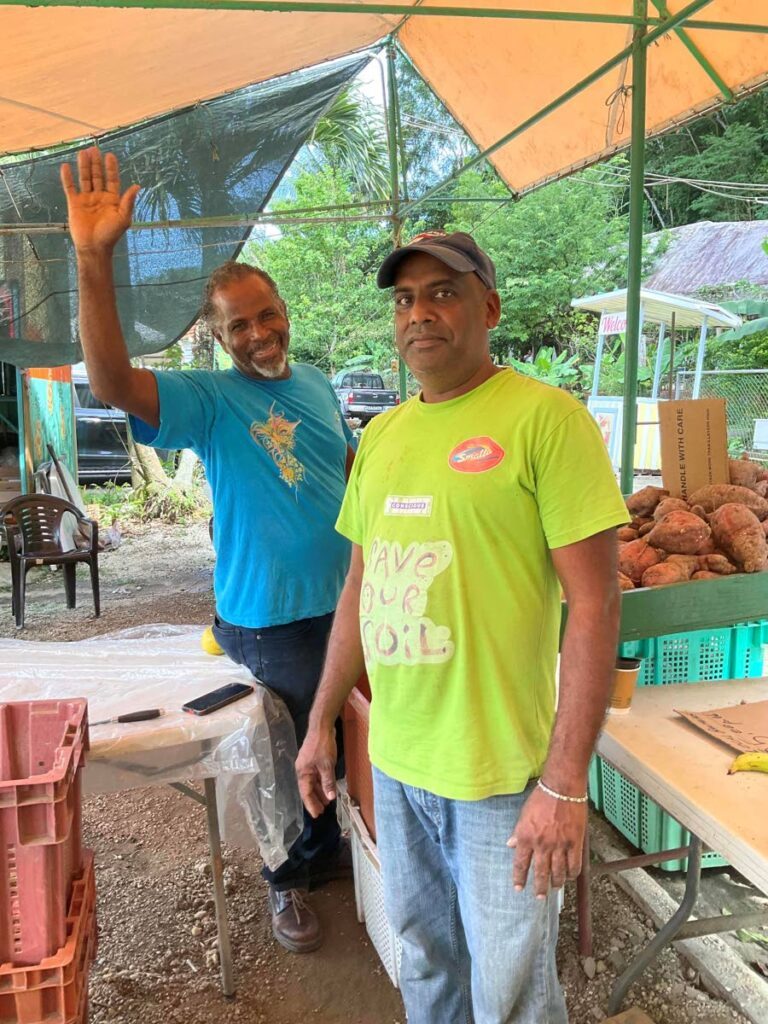
What was the idea behind the Santa Cruz Green Market?
According to the UN Sustainable Development Goal no 12: to promote responsible and sustainable production and consumption. This sounds easy, but requires changing entrenched habits of consumption, and extends up the food chain to how what we consume is derived and grown. Change is hard, especially when you are aiming at systemic transformation and the evolution of human consciousness towards our relationships with the natural world – our home ecosystems and our home planet. A change in consciousness must push behavioural change.
What was it like at the launch and the first year?
Crazy hopefulness!
Describe what you consider the market at its peak? And what do you think contributed?
The market was at its peak from 2016-2018. We did our first Planting Parang in September 2015, bringing cultural and musical history together. We celebrated Corpus Christi and coco panyol Paramin cultures. These festive times brought energy into the market.
Rheanna Chen, a University of California graduate impassioned by regenerative agriculture, created our CSA (community-supported agriculture) programme that incentivised farmers and encouraged a new kind of relationship between producers (farmers) and consumers.
Let me mention also Greer Hospedales and Chantal de La Bastide, young women of high ecological ethics and determination to make a difference.
There were so many innovative growers and vendors attracting new audiences. And people loved coming to the market in a garden. It was a safe place in a green valley, welcoming the elderly, families and young children.
When do you think the market started to lose its audience?
The opening of the (Queen's Park) Savannah market in particular and other pop-up markets in general. The drive to Santa Cruz made our green market an outing, but I think it also became a chore. I don’t think we could compete with the convenience of the Savannah. And then covid.
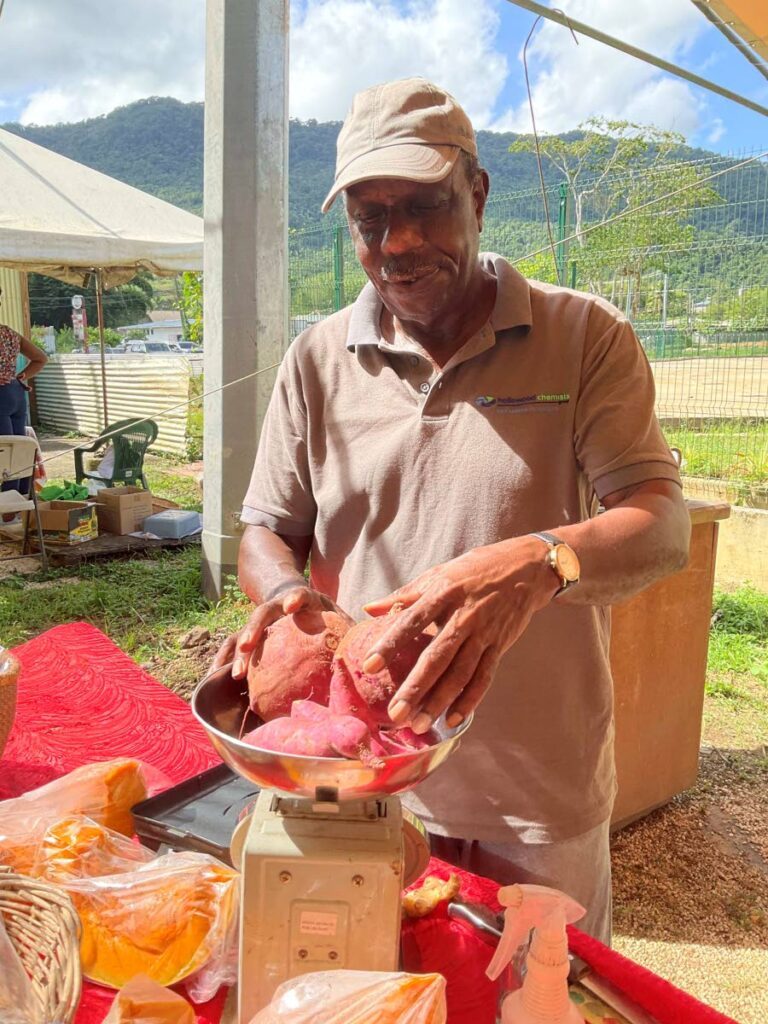
There was also a generational shift: our original vendors got older; some moved on, like Astrida, Crystal, Raffique, to their own businesses and occasional or bigger markets. We appreciate those who come with their children and grandchildren, like Roderick and Ms Pansy.
How would you describe the green market as your concept?
I always have thought of the market as a social enterprise. It was intended to create community wealth by improving growing practices thus offering better food and therefore better health. I certainly am personally encouraged that research now supports the links between nutrition and mental and physical health.
Was the green market profitable?
It was and it is very important that the market’s income sustain its operations.
Until recently, it has been profitable from both a traditional economic stance and from the social and environmental impact perspective.
Do you think that experiments like the green market have a life span?
I think experiments like this demonstrate possibilities and must be encouraged.
And maybe with better structured leadership and governance the green market could have morphed into another kind of enterprise, something which is still possible but without me.
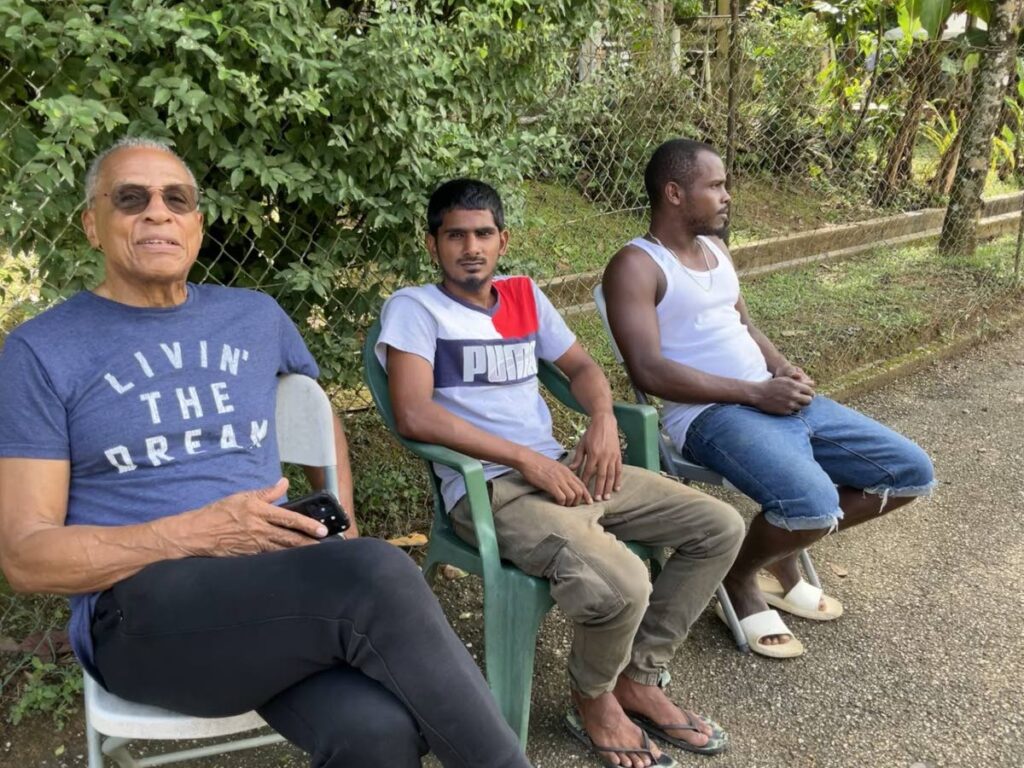
What are some of the biggest lessons you personally have had?
The challenge of communication is ever-present and all-pervasive across culture, class, education and millions of other identity-defining nodes.
I think of plucking chickens on an upturned bucket with Jab and him asking, is life better in America than Trinidad?
I think of Miss Pansy talking about water levels and empty water tanks while I talk about climate change almost as an abstraction, and that was after Jackie Hinkson’s Edible Talk showing changes in the landscape as he repeated drawings and paintings of the same place over years.
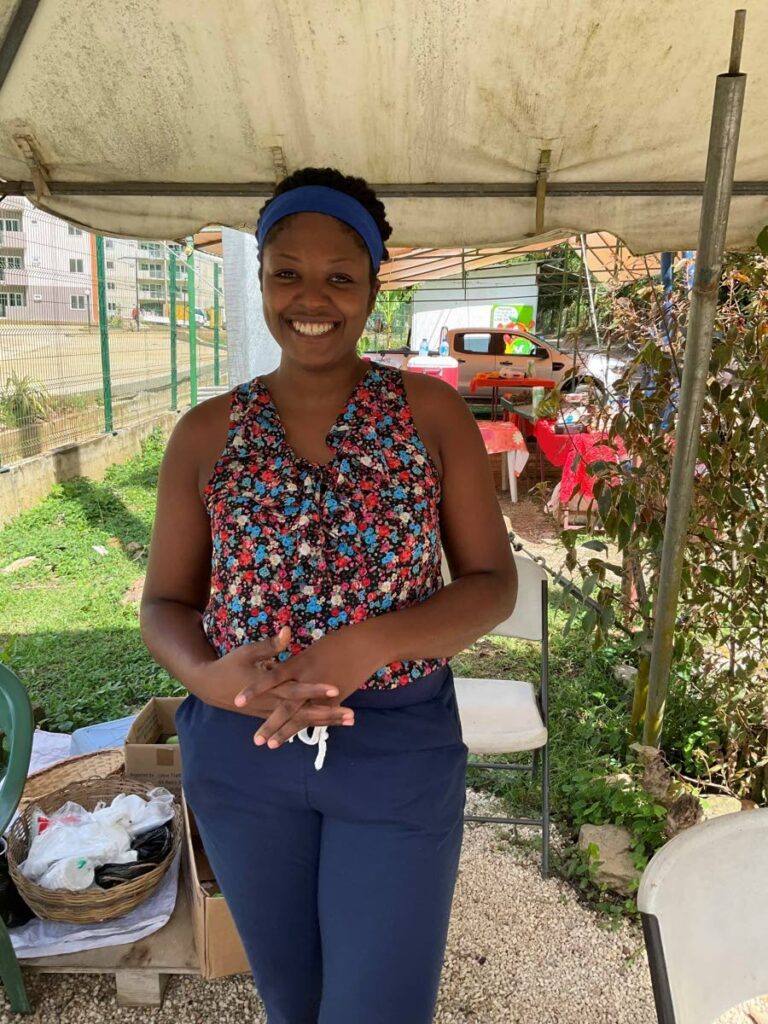
I think of Compton Seaforth, erudite ethnobotanist, on a panel with First Peoples, African and Ayurvedic healers, confounded by the variety of local names of plants when Latin classification was so clear until the African healer explained about the papaya and how the leaves, seeds and fruit all have different names based on their active healing properties.
The biggest lesson may have been with the would-be change agent who was speaking the corporate ESG language which I mistook for concern for the farmers and vendors.
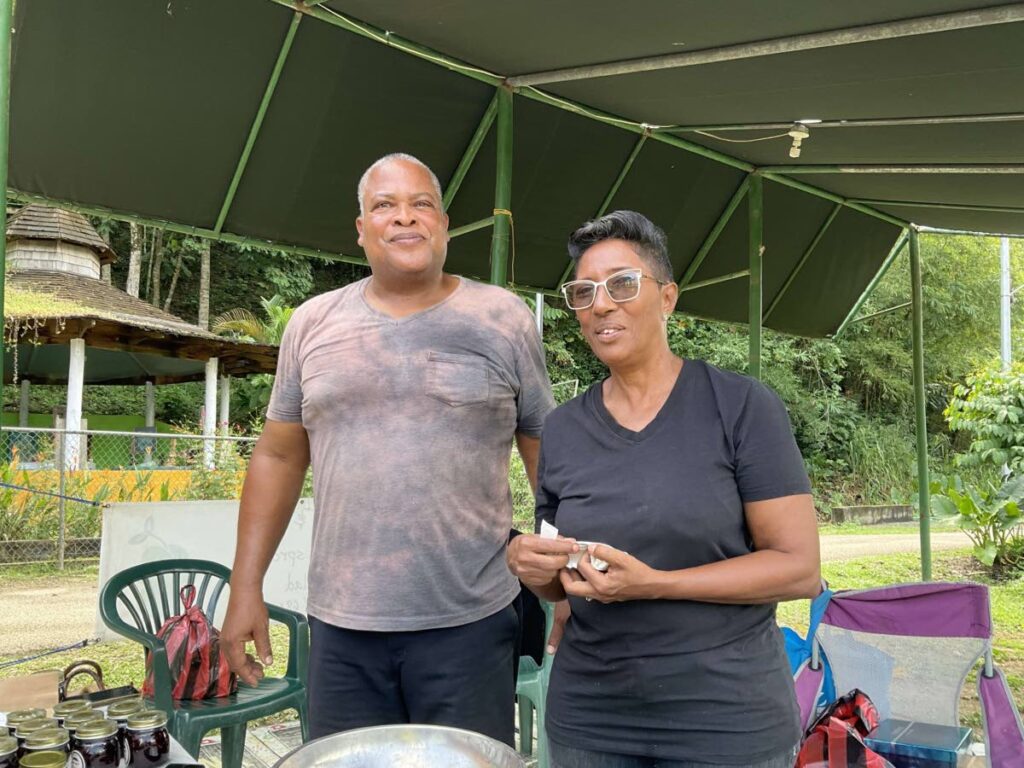
I have learned from these kind people who work with their hands and grow our food that knowledge comes in many forms and languages; it takes humility not to prize all my fancy degrees more than the love and wisdom they have shared.
How has the green market affected the wider community?
That’s for the community to assess.
What would you like to see emerge from the Santa Cruz Green Market?
A green mindset that powers Trinidad and Tobago towards gardens and food forests in every urban and peri-urban area, that promotes communities of civility and generosity – in short, resilience, well-being and healthy happiness.


Comments
"The market in a garden"